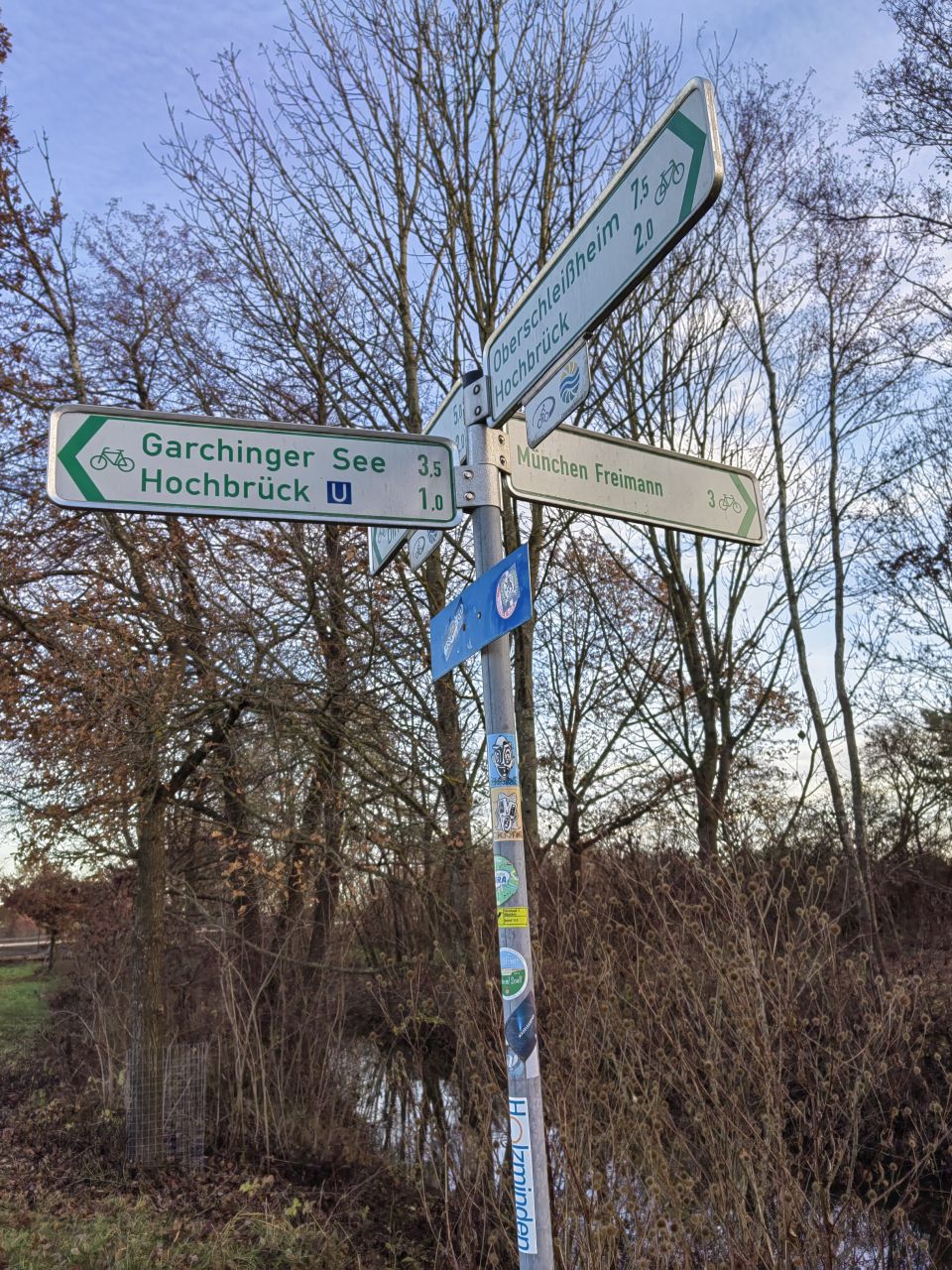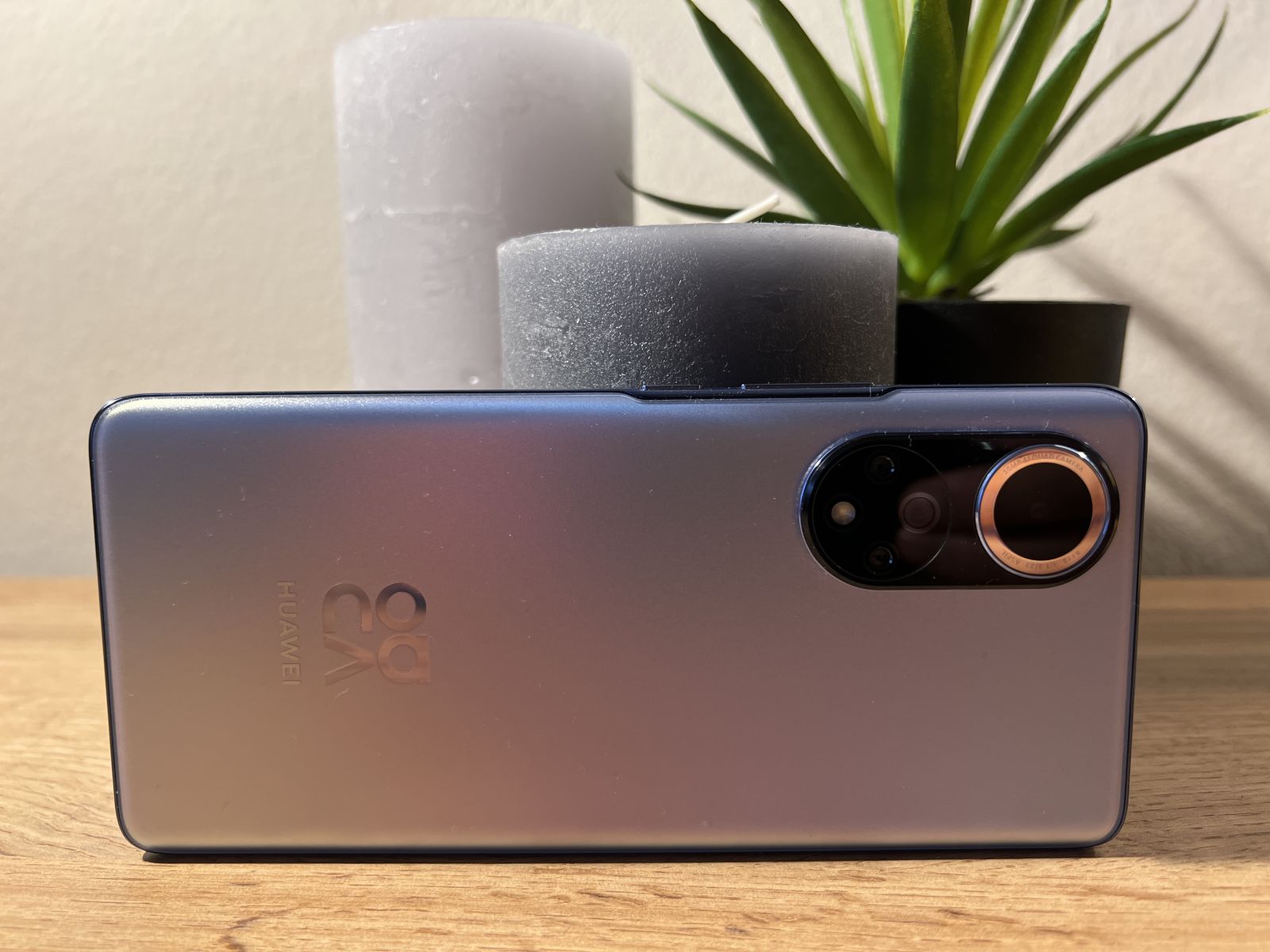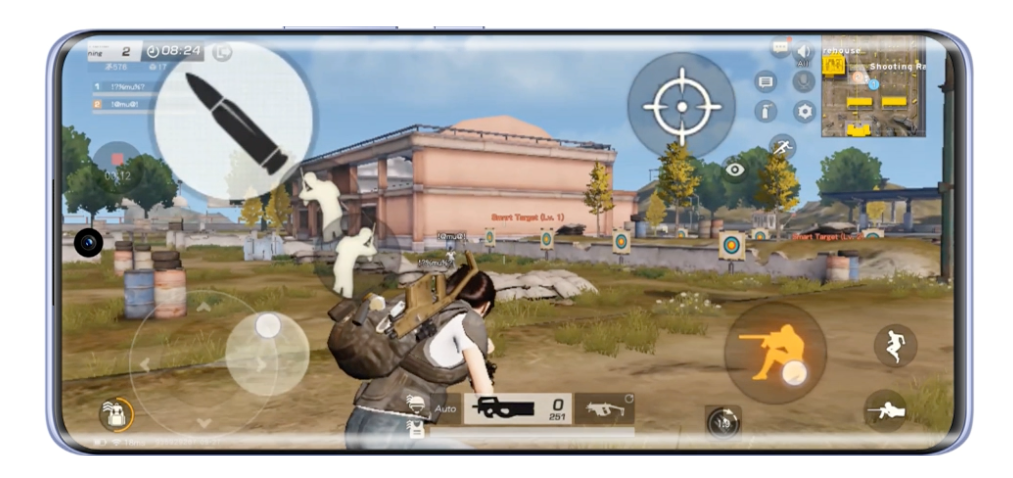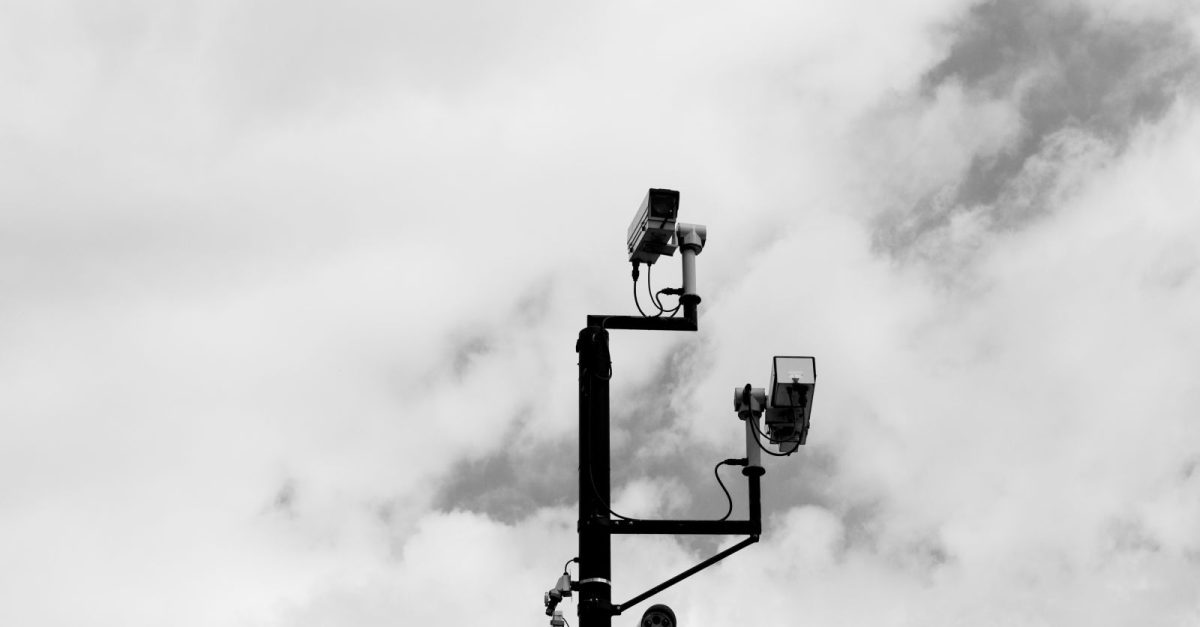Excellent equipment is not everything
A lot has happened on the Android market in recent years. Huawei, a brand that offered great smartphones at low prices, partly disappeared into insignificance after the ban on delivering Google services. With HarmonyOS, attempts are now being made to deliver a distribution in which the user should not miss anything. You can read today in our review of the Huawei Nova 9 why Android still remains dependent on Google services for the majority of users.
First of all: The test device was provided to us free of charge by Huawei, but this in no way influenced the opinion in this article.
Contents
We want your data
If we open the packaging of the Nova 9, we can look forward to a complete set of equipment. Because in addition to the actual end device, Huawei supplies a charging cable, socket adapter, a transparent cover and a screen protector that is already glued on. So you can theoretically get started with your mobile phone right after unpacking and you don’t have to order a wide variety of things from your dealer of choice.
Setting up, on the other hand, is a real challenge. Although Android 11 is used in the Nova 9, the user still has to navigate through an immense number of steps before the device is finally set up. Two things struck me as particularly negative. On the one hand, Huawei asks permission to install selected apps; on the other hand, any consent to data processing is an opt-out.
So if you don’t want your data to be used for any purpose, you have to select every option and set “Reject”. As soon as the smartphone is set up, we immediately start a few apps. Because even if we reject any installation in the facility, many applications are already preinstalled. In addition to Snapchat, these are the Microsoft apps and dozens of shortcuts for quick installation of other apps.
The big problem with HarmonyOS
Before we take a closer look at what’s under the hood, I would like to address the Nova 9’s greatest weakness: the operating system. Because since the start of the trade conflicts between the United States and China under Donald Trump, Huawei is no longer allowed to deliver Google Apps. Anyone looking for the Play Store, Google Maps or just YouTube will be disappointed.
HarmonyOS is based on Android 11 and is regularly supplied with security updates, but Android users will not find any enthusiasm with the system. Incidentally, the Google Apps cannot be installed easily and straightforwardly, if you have already made purchases in the Play Store, you start again from scratch.
If we take a look at the “App Market” operated by Huawei, another problem becomes apparent: not all applications are available by a long way. Here, the manufacturer is also taking a rather dangerous route for laypeople: If an app is listed but not available, the user is directed to a website to download APK files. Here you can install apps at your own risk and grant extensive rights.
Therefore, I would not recommend HarmonyOS to a “normal” user at the moment, the effort involved in setting up and using it is simply too high.
Nice, fast colors
The screen of the Huawei Nova 9 has a size of 6.57 inches (approx. 17 cm), the manufacturer has installed an OLED panel with a resolution of 2,340 × 1,080 pixels. Contents are displayed sharply, and thanks to the rounded edges, the device is also very comfortable to hold. Another highlight is an update rate of 120 Hertz. If you use the Nova 9 in everyday life, jerks are a thing of the past.
With a brightness of up to just over 600 nits, you can take the device out of your pocket carefree in any weather. Even in very sunny conditions, content can still be read optimally and without major problems. The fingerprint sensor is located below the display and unlocks your device quickly and easily, an always-on display rounds off the overall impression. In my opinion, there is nothing to complain about here.
camera
Beautiful pictures – by day and by night
One of the strengths of the Nova 9 is the built-in cameras. On the back there are four pieces that record with 50 megapixels (main camera), 8 megapixels (ultra wide angle) and 2 megapixels each (depth and macro camera). A test in good weather turned out to be a challenge due to the autumnal weather, but I was able to take some really nice snapshots with the device. So that you can compare the photos of the Nova 9, I took the same motif with the iPhone 13 Pro Max, which in my opinion currently takes the best camera images. On the left is the photo of the Nova 9, on the right the iPhone 13 Pro Max.
It is generally noticeable that the resolution of the images can compete with the iPhone. Only the colors are displayed a bit paler, but I personally like both pictures.
Lighter colors are also displayed sensibly and do not appear particularly bright and oversaturated, or too dark.
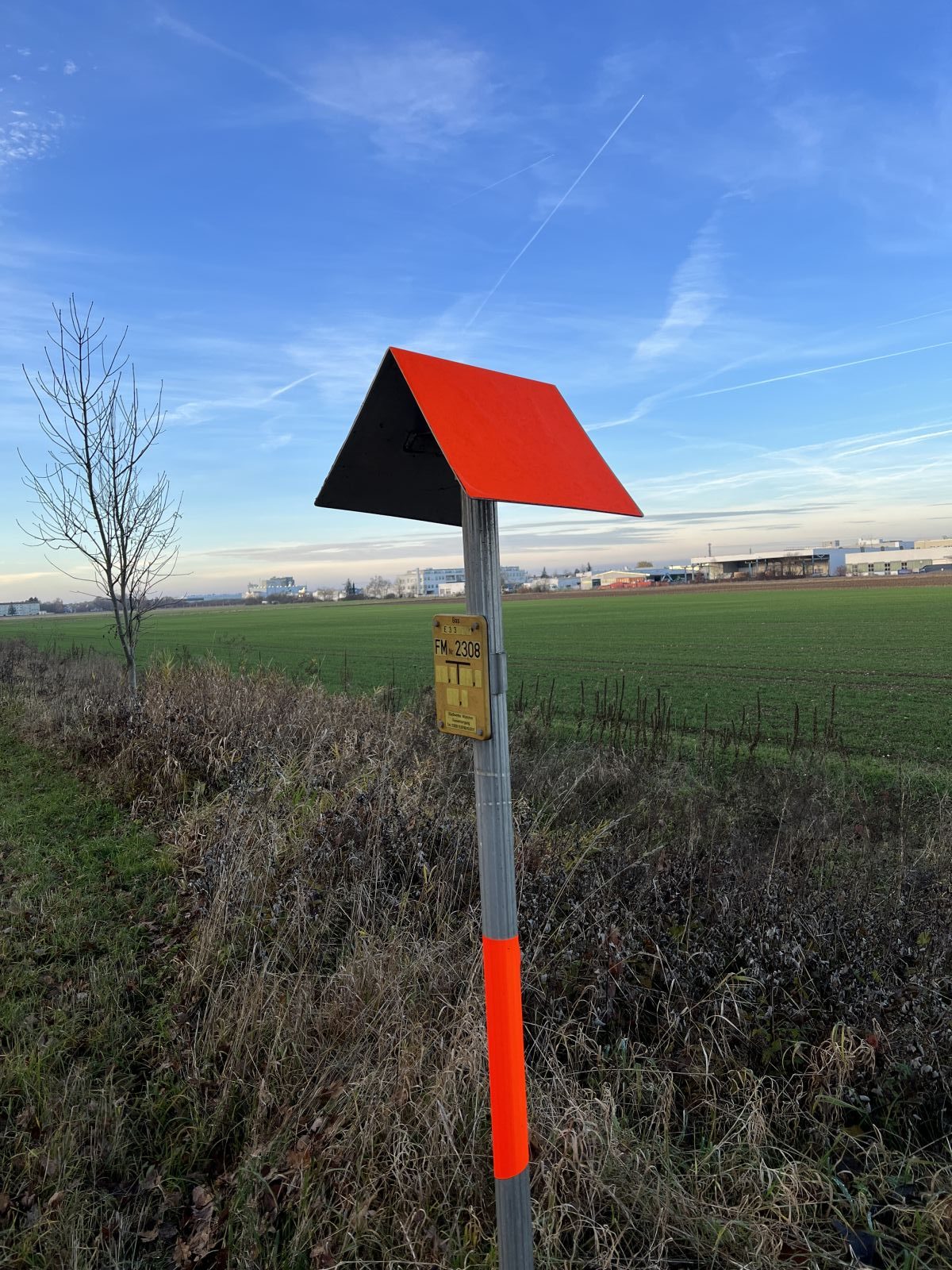 |
In the everyday test, I was always satisfied with the performance of the Huawei Nova 9’s camera during the day, for the price you can’t go wrong in this regard.
The Nova 9 is also suitable for the dark season that is currently breaking. Images are displayed excellently in different lighting conditions, even with bright light sources and with backlighting, the image is not overexposed, image noise is hardly noticeable. From time to time, however, the sharpness of individual objects suffers. Nevertheless, Huawei shows here that you can still do it.

The camera system hardly has any problems indoors either. Motifs are shown sufficiently bright, there is nothing to complain about in terms of resolution.
If we look at the front camera, a lens with up to 32 megapixels looks at us. Selfies look natural and are in no way represented artificially, great pictures can also be taken here.
No 5G
Anyone who has already learned to appreciate the advantages of the fifth generation of mobile communications will miss a lot with the Huawei Nova 9. Only 4G, 3G and 2G are supported here. Personally, I have mixed feelings about this. On the one hand, in my opinion, 5G has still not arrived in the masses and in the LTE network I could not find any problems or restrictions with the Nova 9, but I still believe that the Nova 9 is not very future-proof.
So if you are the type of person who does not change your smartphone every year, then you will have to do without 5G for the next few years. Apart from this, the Nova 9 is equipped with Wi-Fi 6, and data rates of up to 2.88 gigabits per second are supported. Bluetooth 5.2 is also included.
No problems in the everyday test
In terms of performance, the Huawei Nova 9 was able to hold its own against other smartphones in the everyday test. A Qualcomm Snapdragon 778G is used, which has 8 cores and provides sufficient power in everyday life, Huawei continues to build 8 gigabytes of RAM.
Ultimately, the question is to what extent an everyday test with HarmonyOS can be compared with a regular Android device. All of the tested applications ran without problems, and there was no noticeable stuttering or crashing. Due to the lack of everyday helpers (such as Google Maps) or games mentioned above, the end device hardly has to do with really demanding apps.
Charge once, use for a long time
Finally, we take a look at the Nova 9’s battery, which has a generous 4,200 mAh. With normal use, you can easily get through one or two days here, also because the typical Google processes are not running in the background. The Huawei Nova can be charged with up to 66 watts, the battery is completely full in this way within about 40 minutes, in 20 minutes 60 percent of the capacity is available again.

Great hardware, weak software
In my opinion, only one judgment can be made about the Huawei Nova 9: No matter how good a device and have such great equipment or camera, but without the right software, nothing is gained. If Huawei could equip the Nova 9 with regular Android, then I would warmly recommend the device to everyone, but I would personally advise against buying it due to the many restrictions that HarmonyOS offers in everyday life.
Should you still switch to the Huawei Nova 9, the device is available in the colors “Starry Blue” or “Black”. For the officially sold version with 128 gigabytes of internal memory, you pay 499 euros.



